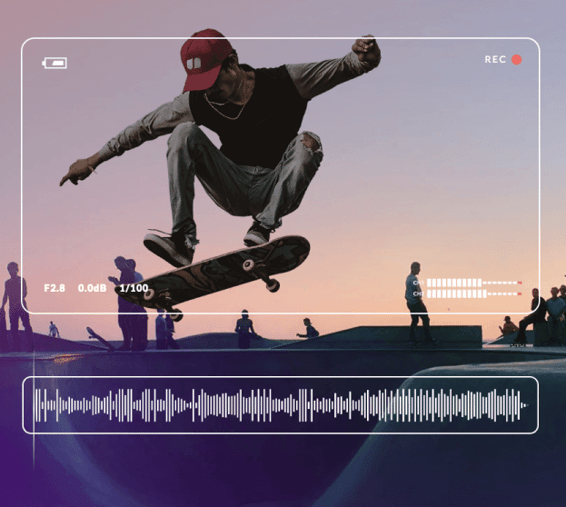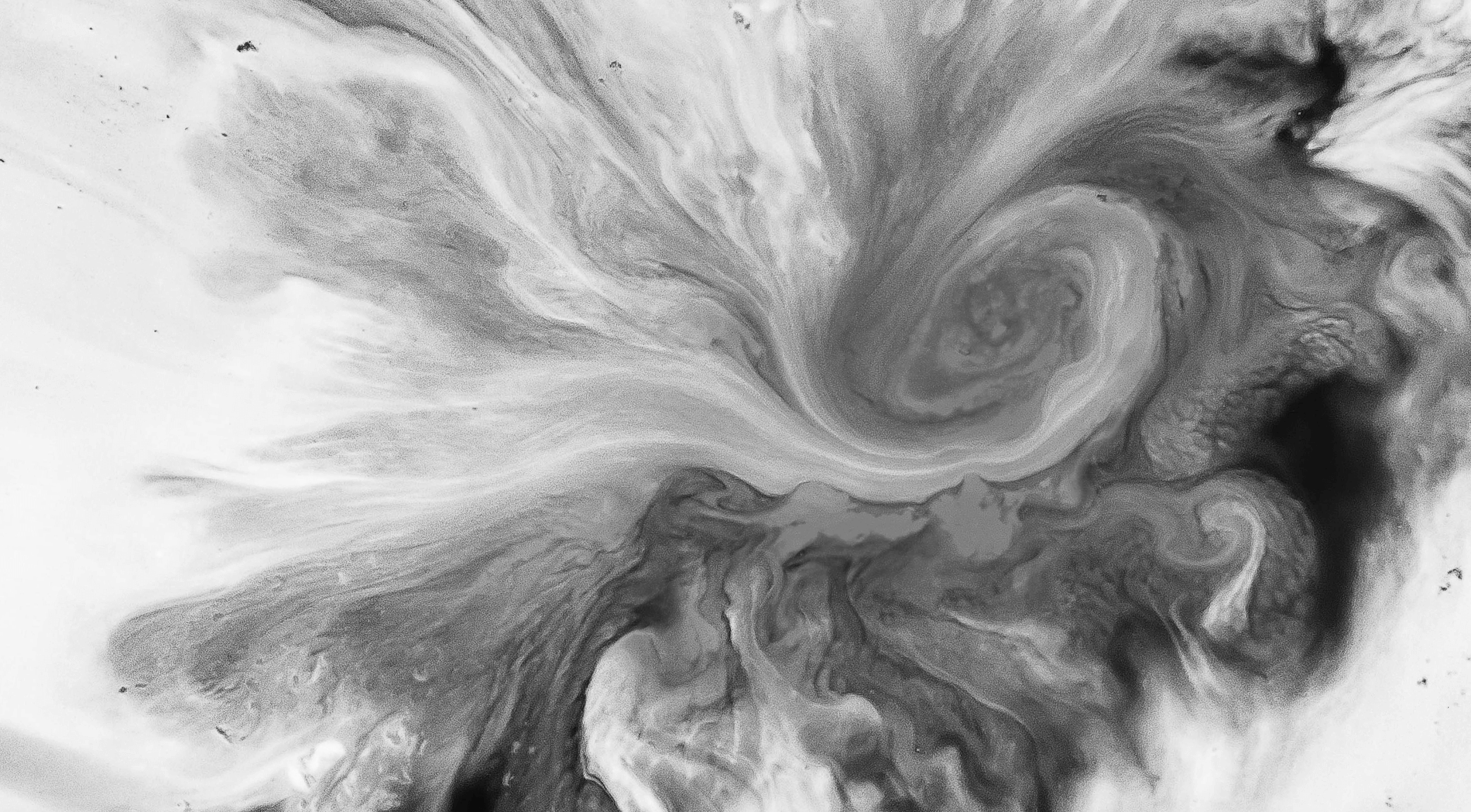Welcome to Outstanding
Stock Music






Listen to our Best Stock Music
We know the right song can make or break your project. That’s why every track in our library is vetted by award-winning producers. Hear for yourself. We've curated a playlist with our best stock music.
Looking for something different?
We got you. From classical to hip hop to indie, our audio library contains thousands of outstanding tracks. Use one of our 13 filters or check out other curated playlists to find what you need in minutes.
BROWSE THE FULL CATALOG
Dead Simple Licensing
Never worry about sync licensing again. With Soundstripe, your membership covers the cost for every song license. Just find the right track, download the file, and get a custom license. That’s it. No channel or media-specific fees, no recurring royalties, ever. Here’s more good news: you have unlimited licenses. Go ahead, download as many songs as you want.
How To Use Royalty Free Stock Music For Video Projects
At this point, there’s no doubt that music brings a lot of value to video production. Whether you use it to add emotional weight, help with storytelling, or set a scene, the right song can make a world of difference in video projects.
It’s a superpower that we recognize in movies and trailers, or even in YouTube videos from popular channels. But the truth is that music can be just as beneficial for new content creators or small ad agencies.
There has been a lot of research into the many ways that music affects the human brain. And one of these effects is that a song can completely change our reaction to something. In other words, filmmakers can use music to strategically steer the audience’s response to a video.
However, you can’t just drop the .mp3 of your favorite song into your next video project. That would land you in some hot water with a record label’s legal team, and those people don’t mess around when it comes to protecting their clients.
The truth is, there is an entire industry built around music licensing and copyright. Record labels themselves exist as a way to protect and promote the work of artists. And as video has evolved over the years, the biggest challenge for filmmakers is finding music that’s worth using in other projects.
That obstacle has led to the creation of another industry — except this one is built for the purpose of helping people get access to good music without the hassle of traditional licensing. (More on that later.)
If you want to make the most of music in your video projects, you need to build up a basic understanding of how this system works and what you can do to protect yourself and your work from stuff like content claims or legal disputes.
Getting Familiar With Music Licensing
At the most basic level, copyright is a system that protects people who create things. The idea started out for inventors as well as artists, making sure that the people who come up with cool stuff get credited for that. (These days, we just call it “intellectual property.”)
Music licensing is just a subset of that idea. Additionally, music licensing makes sure songwriters and performing artists are able to share their work. That’s especially important for aspiring artists and independent musicians, the people who don’t have big record labels to promote their work or send them out on concert tours.
More importantly, music licensing also gives artists the opportunity to make money doing what they love. Other people — content creators, restaurant and cafe managers, marketing teams, etc. — can purchase licenses to use music.
That lets these people get the benefits of using great music, and it helps put food on the artists’ tables. It’s a win-win for everyone, really.
Of course, a song’s performing artist isn’t the only person benefiting from music licensing. That extends to a whole laundry list of people, because music production can be just as complicated (and, let’s be honest, convoluted) as video production.
To be more specific, traditional music licensing is broken down into two parts: obtaining a license agreement and negotiating royalty payments.
These things might happen at the same time, but it’s important to understand the role that each piece plays in how you can license a song to use in your own projects.
Obtaining A Music License
We tend to think of songs as the brainchild of one person. But just like in film, the final product is a labor of love for a handful of people. In the case of songs, that number can be as few as one (the traditional “indie artist”) or as many as a dozen.
When you find a song you love and want to license, you’ll need to get permission from every person who ever had a hand in the song’s creation, recording, and distribution.
Now as you might expect, this is the part of the process that can really take a lot of time. It’s not uncommon for people to wait months to hear back from every person on that list.
The length of time really depends on the size of the list and how busy those people are. In other words, this phase of music licensing is affected by how popular your chosen song is. The more successful the artist, the more people who need to sign off on each music license request.
For a single song, you may need to get a signoff from the songwriter, performing artist, recording musicians, sound engineers, record label producers… the list goes on and on. And every song will have a slightly different process, so there isn’t even a checklist you can follow.
Guess what? If just one of those people decides they don’t like your project or they don’t like the payment they’ll get from your proposed agreement, then you can’t use the song at all.
But let’s say it all works out. Let’s say you get all of these copyright holders to agree to license you the song for your specific project. You’ll agree to terms and send a check (usually in the thousands or tens of thousands of dollars) that is distributed to all of the copyright holders.
Once that’s squared away, you’ll get an official music license and can finally drop that song into your project timeline. Or, since you probably did that months ago, it means you can finally publish that video or ship it off to the client for approval.
Negotiating Royalty Payments
Here’s the “Part 2” of your music license agreement. Is your video going to contribute to any kind of revenue generation? That includes a YouTube channel that you hope to monetize one day, or maybe it’s an ad for a local nonprofit, or a video for your best friend’s wedding.
If the video is going to live on a channel or platform that makes you money, you’ll have to share that revenue with the song’s copyright holders. We aren’t talking 50% or anything like that, but if you are a filmmaker or content creator on a low budget, even 10% of your income can leave a big impact on your budget.
Now this might make the entire music licensing process seem just as painful as doing your taxes. And in some cases — like trying to license a Taylor Swift song — you will have a lot of work ahead of you before you can finish the project.
But it helps to remember that copyright laws help make sure that people who worked on something are compensated for their efforts. And even though you already paid to license the song, that only cleared you to use it in your project. You still need to pay those copyright holders royalties.
Think of it like profit sharing. Your video is fantastic, and as it attracts more viewers to your channel, that benefits you. If you worked as part of a team, you’ll obviously share any revenue with your collaborators, whether they’re producers or editors or maybe even on-screen talent.
In that sense, it’s only fair to share that same success with the people behind the music.
Remember in the beginning, when we covered just how big of a role music plays in video? This is where it all comes full circle.
Music plays a big role in how we all engage with video content. And that’s what makes music licensing such a necessary evil for content creators. It makes your videos better, and that’s why filmmakers budget music into production costs.
The good news is that these royalty payment details will be part of the original licensing agreement. So before you sign on to a licensing agreement, you’ll already have an idea of what percentage or rate the payments will be and how often they should happen.
But knowing this beforehand doesn’t really make it any easier to share a piece of your hard-earned money with other people, does it?
Thankfully, that’s where royalty free music can save you.
Saving Time And Money With Royalty Free Music
Royalty free music is just what it sounds like. You can get access to great songs without having to share any money you make off the video. And while you’ll still have to pay to license each song, royalty free music tends to be much more affordable than getting songs from record labels or traditional music libraries.
In fact, royalty free music is a tool for creators that removes several pain points: waiting months to finish a project, sharing revenue, etc. And as an added bonus, it does all of that without taking away your freedom to find great music that fits your projects.
While searching for the perfect song, you’ll head to a royalty free music library. Once there, you can try to sort through all of those songs. Maybe you filter by genre, or tempo, or even instrument, depending on which platform you are using.
Once you find a song you like, you’ll get a license for that song. Each royalty free music company functions differently: Some sell single-use licenses, others sell unlimited-use licenses for a single song, and still others have transitioned to subscription-based licensing.
It can be a lot to make sense of, especially if you’re new to filmmaking and copyright law. But the important takeaway is that royalty free music has become a standard for content creators, something that is just as valuable as your video editing software.
Royalty free music is a powerful tool that makes post-production easier, cheaper, and less stressful. And that means it’s something you should take advantage of if you aren’t already.
But now we get to the big question, the question that probably brought you here.
How do you get royalty free stock music for video projects?
Finding great songs from reputable places can take a little bit of effort, but you already know how valuable radio-quality songs can be. The fact that they’re royalty free is just a cherry on top, since you know each song will be licensed to your project.
Using Royalty Free Stock Music For Video
Understanding music licensing is important. It’s the difference between copyright claims (or even legal trouble) and the growth of your brand. Whether you’re building a YouTube channel, attracting a Twitch following, or marketing a startup company, you need to protect yourself.
And using royalty free music is one way to make sure your videos are all above board.
Finding this kind of music might seem like it would be hard. Most record labels don’t go out and promote stock music, and there are a lot of sites out there that offer free music that’s low quality. Worse, there are some sites that lure you into getting free songs and then hide it behind expensive one-use licenses or other fees.
At Soundstripe, we think royalty free music should be simple. You’re a content creator, not a lawyer — you shouldn’t have to understand copyright law just to add a song to your latest film or vlog. That’s why we pioneered a subscription program, so you can pay one low price and get access to as many song downloads as you need.
Here’s how it works.
Our stock music library includes thousands of radio-quality songs. And you can license as many as you want just by signing up for a subscription plan.
That’s right: A Soundstripe subscription gives you unlimited downloads of our music. Downloading a song will grant you a single-use license, but you can license each song as often as you want.
In other words, the days of paying $500 to license a chill lofi song are behind you. With Soundstripe, you’ll pay half of that for an entire year of unlimited royalty free stock music for video projects.
Further reading
We know creators are always looking for tools to simplify their process and help cut production costs. And we believe a music subscription service adds even more value to an already. If you'd like to check out additional popular articles from the Soundstripe blog, here's a few suggestions:


Have questions? Give us a call
855.224.0847
Soundstripe - Unlimited Music for Video
© 2017-2020 A Product of Soundstripe, Inc
Nashville TN



